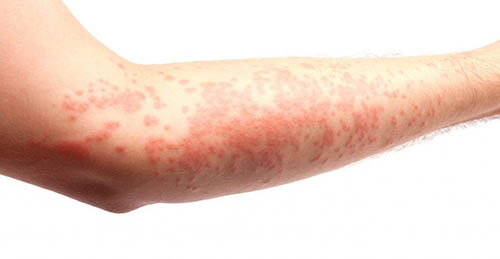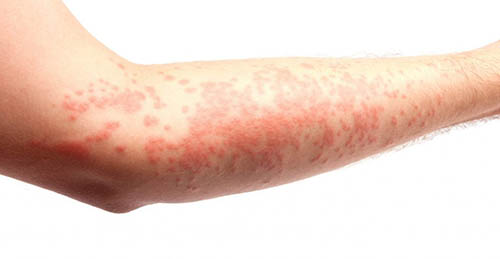 Vasculitis is an autoimmune inflammation of the vascular wall. With this syndrome, any vessels of different caliber can be affected: arterioles, veins, arteries, venules, capillaries.
Vasculitis is an autoimmune inflammation of the vascular wall. With this syndrome, any vessels of different caliber can be affected: arterioles, veins, arteries, venules, capillaries.
Vasculitis symptoms
With vasculitis, symptoms can vary. They depend on the nature of the lesion, the type of vasculitis, the localization of the inflammatory process, and also on the severity of the underlying disease.
In case of skin damage, a rash appears on its surface. If the nerves are affected, then a person's sensitivity is lost, exacerbated or completely disappears. When the blood circulation in the brain is impaired, a stroke occurs.
Common symptoms of vasculitis in adults include weakness and fatigue, loss of appetite, pallor, fever, and more. The first sign of the disease is small, barely noticeable, gradually progressive hemorrhages on the skin, while other manifestations are absent or appear a little later.
Symptoms for lesions of the lower extremities:
rash and hemorrhagic spots;
blood blisters;
increased body temperature;
joint pain or muscle pain;
weakness;
itching of the skin in the affected area.
The disease is characterized by a long and chronic course with periodic exacerbations, difficulties in treatment and progression.
 Vasculitis treatment
Vasculitis treatment
The treatment of vasculitis, as well as the diagnosis of the disease, should be dealt with by a rheumatologist. Only he is able, with the help of the symptoms indicated by the patient, to conclude what form of vasculitis is in front of him and to prescribe individual treatment.
It should be borne in mind that almost all types of vasculitis are of a chronic progressive nature, therefore, therapy should be comprehensive and long-term.


